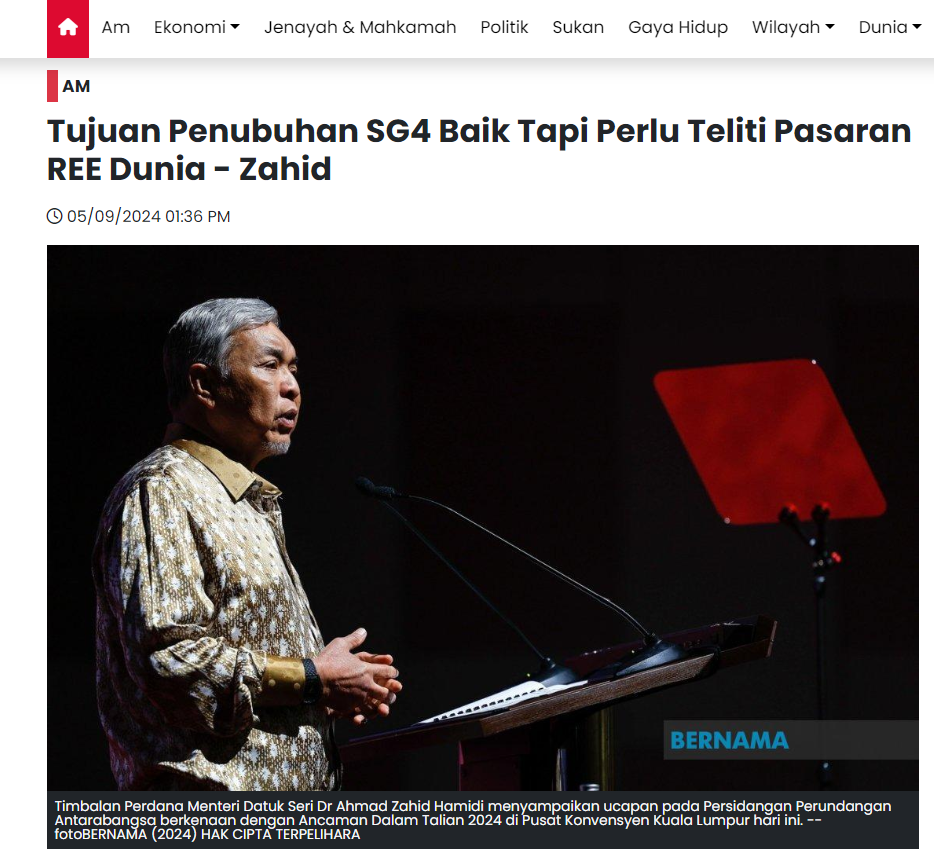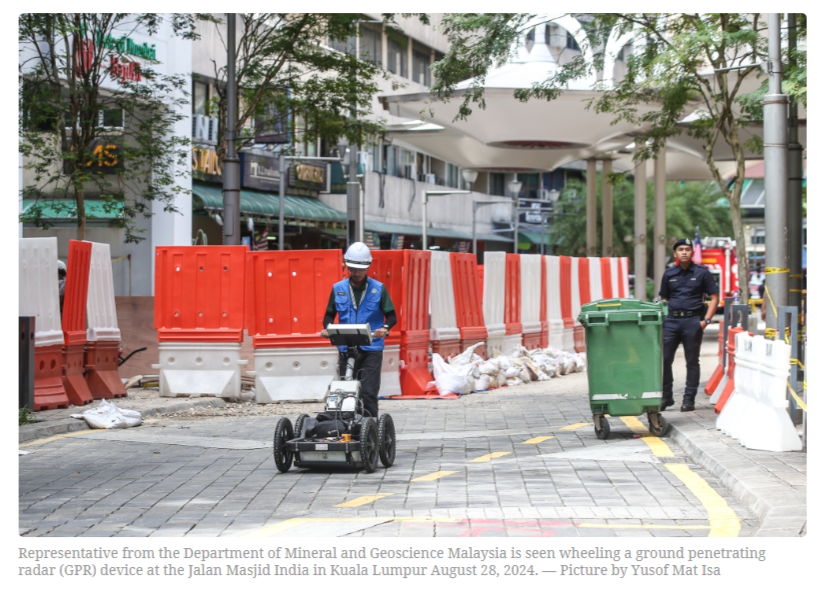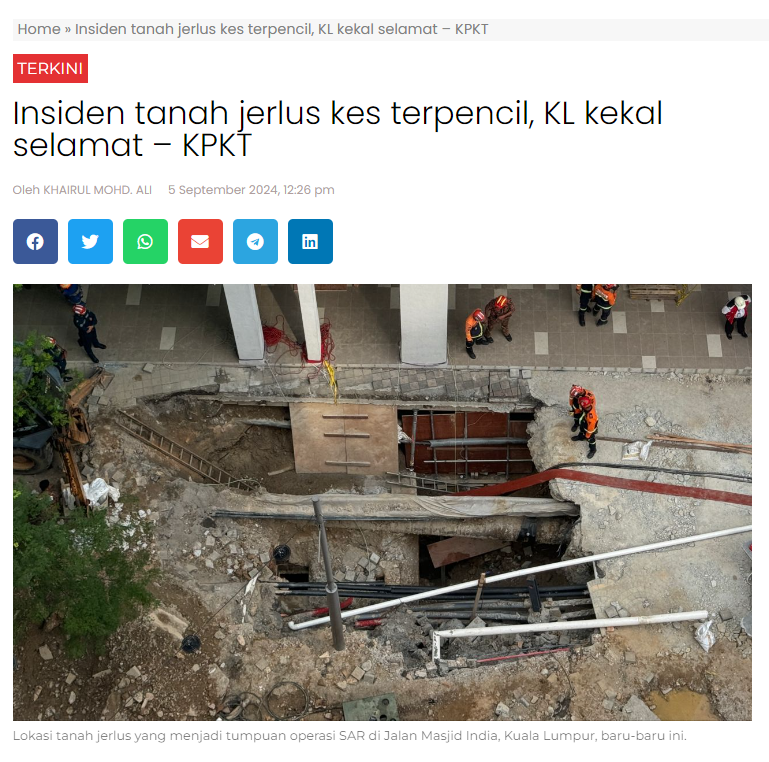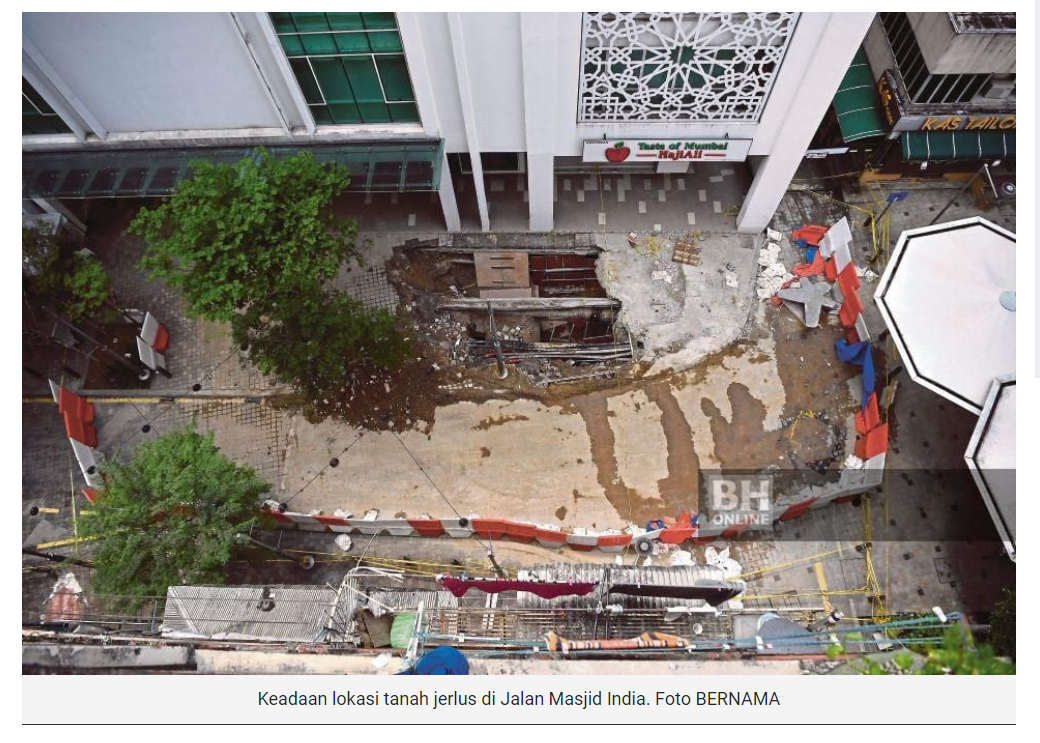SEPTEMBER 5 — The Malaysia Geotechnical Society (MGS) commends the Mayor of Kuala Lumpur for recognising the vital role of geotechnical input in the city’s development, as reflected in the recent directive on the mandatory submission of a geotechnical report for all developments in Kuala Lumpur. This important requirement extends beyond hillside and hilly terrain projects to include housing developments, roads, and areas near flood detention ponds.
MGS would like to take this opportunity to clarify the differences between Soil Investigation (SI) reports, Geological reports, and Geotechnical reports. The SI and Geological reports are both factual documents. The SI report provides factual information from subsoil exploration (e.g. drilling, field testing, etc.) where soil and rock samples are collected for laboratory testing. On the other hand, the Geological report provides geological findings, including its geological history and composition of the earth’s crust, features, and potential geological hazards, prepared by a professional geologist.
MGS believes it is crucial to clarify the differences between soil investigation reports, geological reports, and geotechnical reports. Geotechnical reports, which include information from soil investigations and geological studies for developments, play a vital role in enhancing the safety and sustainability of developments. This helps set a standard for responsible construction practices.
In fulfilling its duty-bound role, MGS offers technical assistance through our pool of geotechnical experts to help formulate the requirements and guidelines for Geotechnical reports.









